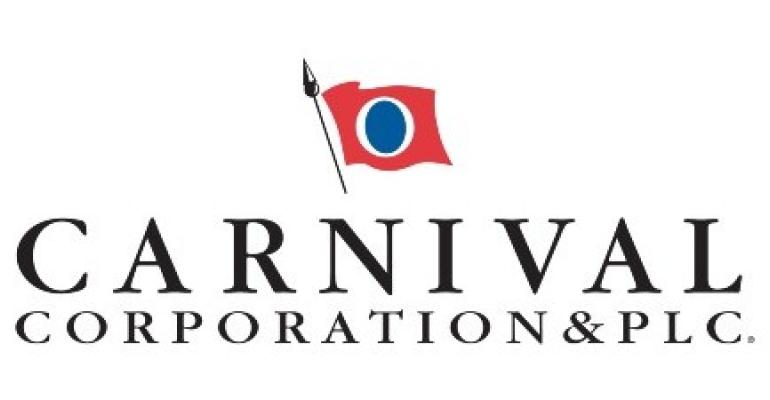This is compared to a 2019 baseline and puts the cruise giant ahead — just a couple points shy of its 20% reduction goal originally targeted for 2030.
By year end, Carnival Corp. expects to have reduced its GHG emission intensity by 42% on a lower berth capacity basis since its first benchmark in 2008. The company also expects this performance to put it ahead of the IMO's 2030 carbon intensity reduction timeline.
This follows last year's decision to accelerate Carnival Corp.'s stated 2030 GHG intensity reduction goal by four years, committing to at least a 20% cut on a lower berth capacity basis by 2026 (versus 2019 levels).
The company's efforts include boosting energy efficiency, reducing overall fuel consumption and using emission-reducing technologies and lower-emission fuels.
Double-digit GHG reduction on much higher capacity
Carnival Corp. said it is generating more than 10% fewer GHG emissions today than its peak historical year, 2011, despite increasing capacity by roughly 30% since then.
Fuel- and energy-saving initiatives
The company's efforts are widespread. They include upgrading the fleet with innovative technology packages, including modern and efficient HVAC systems, the latest LED and smart lighting technologies, remote monitoring improvements and more to reduce fuel usage by 5% to 10% per ship.
Optimizing hull design and using special coatings minimizes drag for greater fuel efficiency.
More energy-efficient itineraries are being developed as the company also fine-tunes hydrodynamics, and uses ocean currents and techniques such as weather routing and speed reduction where possible.
Carnival Corp. also uses shore power when it's available. More than 60% of the company’s ships are equipped for cold ironing.
Air lubrication systems that produce a cushion of air bubbles and cut friction as ships move through the water are reducing fuel use by up to 5%.
LNG as a bridge
As a bridge until future fuels are developed at scale, Carnival Corp. has been building LNG-powered ships, with nine in service and two more on order.
This, the company said, is delivering immediate GHG reductions, cutting direct carbon emissions by up to 20%, almost eliminating sulfur dioxides and significantly reducing nitrogen oxides and particulate matter.
On a number of other ships, 'advanced air quality systems' (scrubbers) are in use to remove particulate matter and other compounds from exhaust.
Carnival Corp. is also trialing advanced fuel technologies, including a first-of-its-kind lithium-ion battery storage system, testing fuel cells powered by hydrogen derived from methanol and piloting biofuels as a fossil fuel replacement.
Copyright © 2024. All rights reserved. Seatrade, a trading name of Informa Markets (UK) Limited.
Add Seatrade Cruise News to your Google News feed.  |

